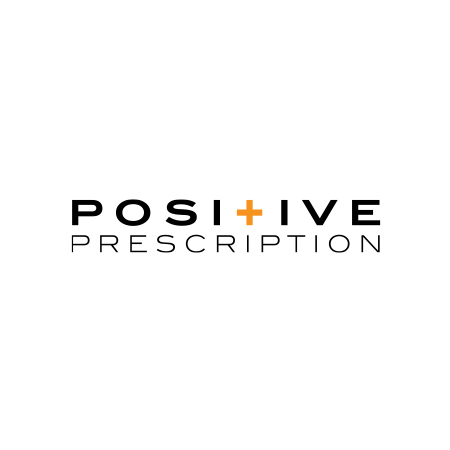When it comes to choice, most people assume that more is more. Whether we are choosing a doctor, shoes, what to order for dinner or setting up a 401k, we are faced with countless options. As Barry Schwartz writes in his bestselling book, The Paradox of Choice, having the freedom to choose what we want is a core cultural value. But as luxurious and convenient as this abundance of choice is, it has a dark side.
Too many choices can be overwhelming. In a study entitled, When choice is demotivating: Can one desire too much of a good thing? people were more likely to purchase gourmet jams or chocolates when offered just six options rather than when offered 30 options. Similarly, college students were more likely to write an optional class essay assignment when given fewer topics to choose from. Significantly, when the options were limited, the participants in the studies reported greater satisfaction with their jams and chocolates and wrote better essays.
There are a number of possible explanations for these results. Avoidance of potential regret, feeling overwhelmed, and the amount of effort it takes to choose. As Schwartz describes:
A large array of options may discourage consumers because it forces an increase in the effort that goes into making a decision. So consumers choose not to decide. Or if they do, the effort that the decision requires detracts from the enjoyment of the results.
Choice overload makes you question the choices you make, it sets up unrealistically high expectations, and we end up blaming ourselves for making the wrong choice.
Jam is one thing. Being paralyzed by choice can carry more serious consequences when it comes to making important decisions. For example, in a study using data from over 800,000 employees, participation in 401(k) plans was higher in plans offering a handful of funds as compared to plans offering 10 or more. When overwhelmed with plans, choosing none may become the default option.
Bottom Line: When it comes to making choices, some choice is good. If you choose not to choose, be sure it is an active rather than passive decision.
I wish you all the best,
Dr. Samantha Boardman






